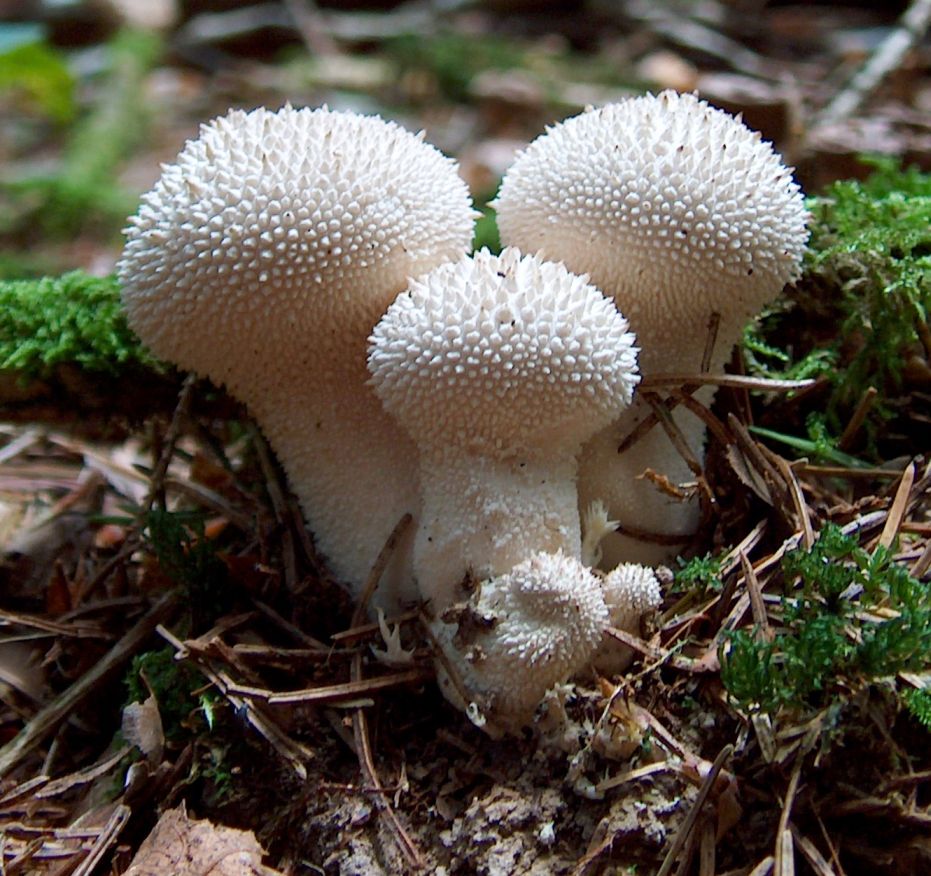Consciousness?
Understanding how consciousness works (eg reconciling 1st person & 3rd person accounts) is one of the most intractable scientific & philosophical challenges there is. Reed Prof. Michael Pitts' research is great https://www.reed.edu/reed-magazine/articles/2019/pitts-nsf-neural-mechanisms.html https://www.reed.edu/faculty-profiles/profiles/pitts-michael.html https://wiki.worlduniversityandschool.org/wiki/Consciousness ~
Understanding how consciousness works (eg reconciling 1st person & 3rd person accts) is one of the most intractable scientific & philosophical challenges there is Reed Prof. Michael Pitts' research is great https://t.co/Tz7XXUdzhV https://t.co/yV5GjWwMxl https://t.co/si2Mo4S0yT ~— WorldUnivandSch (@WorldUnivAndSch) June 4, 2019
https://twitter.com/WorldUnivAndSch/status/1136006933075259392
https://twitter.com/scottmacleod/status/1136007178840526848
https://twitter.com/sgkmacleod/status/1136007529144545280
https://twitter.com/HarbinBook/status/1136007991323348992
* *
Reed Prof. Michael Pitts' research -
"will use non-invasive techniques such as electroencephalography and functional magnetic resonance imaging (fMRI) to compare conscious and unconscious processing without the use of self-report. They hope these experiments will provide evidence to support or challenge some of the leading theories of perceptual awareness, such as Global Neuronal Workspace Theory, Integrated Information Theory, and Higher-Order Thought Theory."
- https://www.reed.edu/reed-magazine/articles/2019/pitts-nsf-neural-mechanisms.html -
Am curious how data from such techniques would be importable into a realistic virtual earth for brain science and at the cellular level ...
Reed College:
'The Enigma of Consciousness
Neuroscience researchers win grant to investigate the machinery of awareness' https://www.reed.edu/reed-magazine/articles/2019/pitts-nsf-neural-mechanisms.html Am curious how data from such techniques would be importable into a #RealisticVirtualEarth for brain science and at the cellular level
Reed College:— WorldUnivandSch (@WorldUnivAndSch) June 4, 2019
'The Enigma of Consciousness
Neuroscience researchers win grant to investigate the machinery of awareness' https://t.co/Tz7XXUdzhV Am curious how data from such techniques would be importable into a #RealisticVirtualEarth for brain science and at the cellular level
https://twitter.com/WorldUnivAndSch/status/1136046593008738305
...
*
And further, from Prof Michael Pitt's Reed profile - https://www.reed.edu/faculty-profiles/profiles/pitts-michael.html -
"My primary research interests center around the search for the neural substrates of consciousness. In psychology and cognitive neuroscience, it is generally accepted that most of what the brain does, it does so automatically, unconsciously. Because we have conscious experiences, however, some aspects of what the brain does must result in our subjective awareness of the world and of our own thoughts and feelings. A key unanswered question that my research seeks to resolve is: How does brain activity differ during conscious versus unconscious processing of objects and events in our world? To address this question, the primary strategy I use is to compare brain activity elicited by the same physical stimulus (typically visual or auditory) when it is perceived versus not-perceived, or perceived as X versus Y. In my lab we measure electrical brain activity non-invasively with EEG and use psychophysics, behavioral tasks, and eye tracking to manipulate attention and awareness in human subjects. My teaching relates to my research by providing students with a background in cognitive neuroscience methods, sensation and perception research, and specialized investigations into the neuroscience of consciousness and attention and consciousness research. "
* *
How it addresses the many facets of the subjective side (1st person experiences) of questions of how consciousness works in the brain (without self-reporting) isn't completely clear to me from these two web pages - https://www.reed.edu/reed-magazine/articles/2019/pitts-nsf-neural-mechanisms.html - https://www.reed.edu/faculty-profiles/profiles/pitts-michael.html - but it may lay further groundwork for addressing both self-reporting, as well as related questions of language (and potentially in many languages) ... if related experimental studies and techniques were interoperable with a realistic virtual earth, or a realistic virtual Harbin Hot Springs, for example, and even with brain wave headsets (such as Tan Le's, Brainfingers, or even something to be created with something like HUMM).
* * *
Scott MacLeod
Mon, Jun 3, 7:32 PM (21 hours ago)
to Barbara
Turned on my T-Mobile Hot Spot (and saved further the BPPE document I was working on with Larry) and found too ...
Yoga With a Herniated Disk
- While your back pain persists, do not bend forward past 90 degrees with straight knees.
- Avoid all seated forward bends.
- Avoid rounding your back.
- If a pose causes any pain, tingling, or numbness, stop immediately.
Yoga With a Herniated Disk - Yoga Journal
https://www.yogajournal.com/practice/yoga-with-a-herniated-disk
When doing yoga with a herniated disc, common sense is your best friend and guide.
- Do not attempt any asanas while you are in the acute stage of the herniation. ...
- Begin with gentle, slow and easy asanas. ...
- Do not try to work through pain. ...
- Back bends are very helpful.
Herniated Discs: Yoga Can Help, But Be Careful – Sociologically.net
https://sociologically.net/herniated-discs-yoga-can-help-but-be-careful/
All of this makes much sense ... Have you done much Yoga asana? (Coincidentally, I just did standing poses this morning, and inverted poses this afternoon - head stand on 2 chairs, and should stand ... quite enjoyably ... and re too my R ear Eustachian Tube Dysfunction). Yoga asana helps one relearn how to work with one's body in my experience, and from what I've learned. I come back to Dona Holleman's self-published books "Yoga Syllabus for Teacher and Student," and its companion book "Asana in Photo" for my practice.
Cheers, Scott
- http://scottmacleod.com/yoga.htm
*
Yay, Barbara ... glad you're moving, re back challenges ...
(What I personally found great about Dona Holleman's "Yoga Syllabus for Teacher and Student" and "Asana in Photo" is that practicing asana this way freed me from Yoga teachers and Yoga culture in many ways, and yet gave me the benefits of doing asana which are movement therapies; and because I had a good practice, thanks to these books, when I went through the 2 year Iyengar Yoga Institute SF certificate program around 90-91, I was able to complete this in a year, instead of two. Am happy to lend them to you for your own purposes, if ever you're interested! I appreciate the independence and even the freedom they offer).
Glad you're exercising, and have found helpful therapists and approaches! And doing well enough to listen to Joni Mitchell!
(Heading north to Oregon tomorrow, back late the following week, so I won't be at SCD OpenBand this Monday ... Mentioned that you were having back issues yesterday evening as well).
Cheers, Scott
- scottmacleod.com- worlduniversityandschool.org
*
...






No comments:
Post a Comment